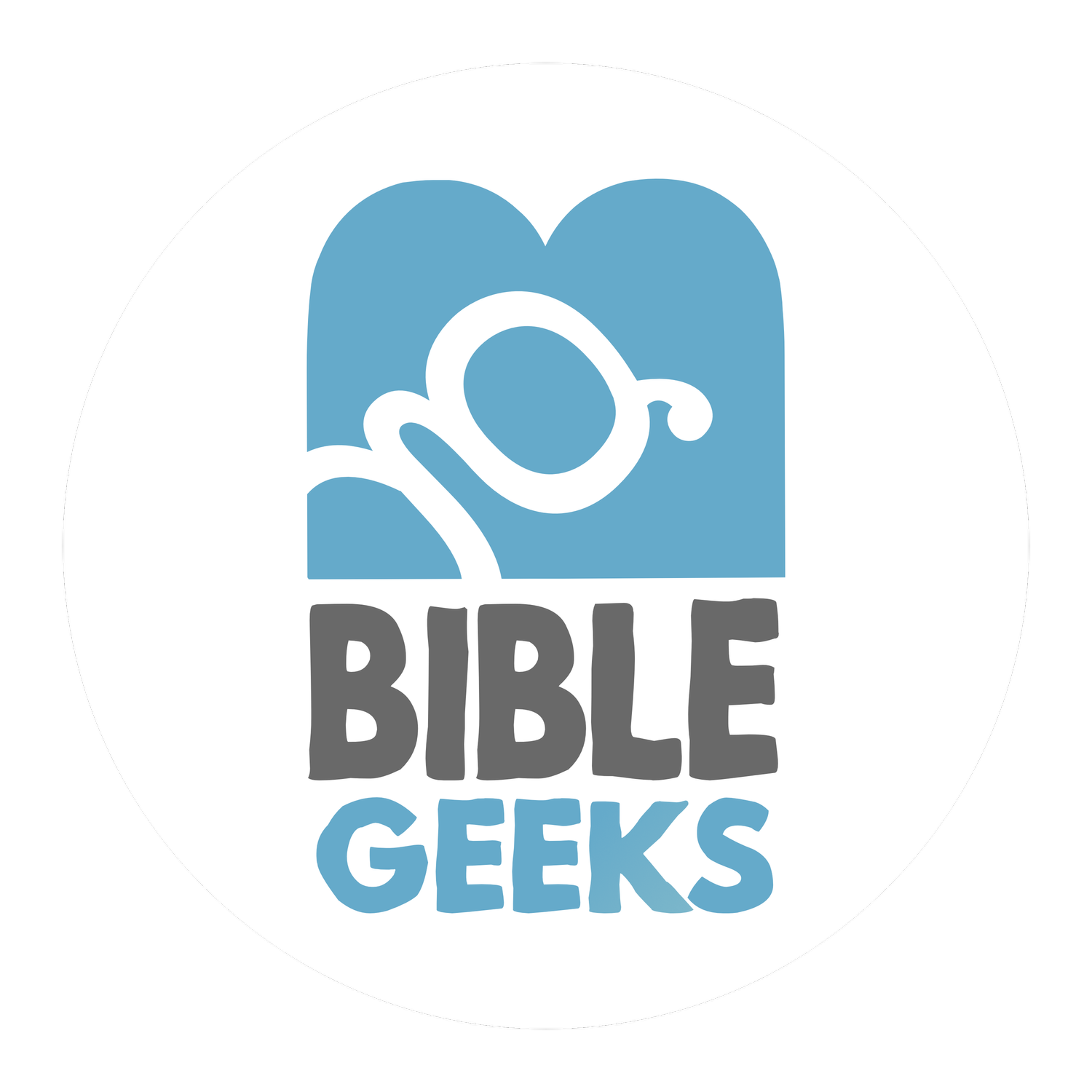“How Did We Get the Bible?”
It’s hard to get far into a new Bible study without establishing why we look to the Bible. Answering that question requires explaining what the Bible is and how we got such a special book from God. In our second Square One session, we focused on some of those issues, asking, “What does the Bible have to do with me?” To support you in questions that might arise in leading that conversation, we wanted to give a little more information on how we got the Bible.
How did God inspire the Bible?
Here’s the Bible’s description of how God wrote the Old Testament: “Long ago, at many times and in many ways, God spoke to our fathers by the prophets ...” (Heb. 1:1). The culmination of God’s revelation came in his Son (Hebrews 1:2) but Jesus never wrote any books. Instead he gave the church apostles and prophets (Eph. 4:12ff) as the church’s foundation (Eph. 2:20).
A prophet was a spokesman for God and an apostle was a specially selected representative of Jesus with the authority to speak for the Lord (1 Cor. 14:37-38). They help us understand God’s mind, as the Spirit reveals it with Spirit-led words (1 Cor. 2:11-13). Consider how Jeremiah starts his book: “The words of Jeremiah ... to whom the word of the LORD came” (Jer. 1:1-2). The book contains the words (plural) of Jeremiah because the word (singular) of the Lord came to him. God has revealed his message to us through his prophets’ words.
People used their brains, their hands, their language, and the events of their lives as they wrote these books. Luke explains that he researched and interviewed before writing his gospel, like a good historian. Reading the Bible, we notice differences in voice and culture as the author’s personality comes into the writing. But they are the word of God. The Spirit worked with them to write. Over 1500 years, he led many prophets as they wrote these books. They were recognized as God-led writings (or “Scriptures”) by the community of God’s people.
What makes us confident the right books are in the Bible?
The short answer for the Old Testament is that we use the books in Jesus’ Hebrew Bible. The Hebrew Bible is actually made up of 24 books in three groupings — the law, the prophets, and the writings. So, when Jesus speaks of the three groupings of this Bible, he calls them “the law, the prophets, and the Psalms” (Luke 24:44, cf. Luke 11:51). The Table of Contents looks a little rearranged from ours, but their 24 books had the same content as our 39, just in a different order. The arrangement of English Bibles comes from the Septuagint, the Greek translation the Apostles liked to quote. (NOTE: Though we appreciate the current ordering, we enjoyed putting the Old Testament reading schedule in our Into the Book reading plan in the Hebrew Bible’s order.)
As for the New Testament, the earliest Christians carefully tracked the books by Apostles and their co-workers. They tested writings, only accepting those with clear prophetic authority. God gave some first-century disciples “the ability to distinguish between spirits” of prophecy (1 Cor. 12:10), to “test the spirits to see whether they are from God, for many false prophets have gone out into the world” (1 John 4:1).
They wouldn’t use the word “Scripture” lightly, yet Peter calls Paul’s writings “Scripture” (2 Peter 3:16), knowing others had access and familiarity with Paul’s letters. Paul indirectly calls Luke’s gospel “Scripture” in 1 Tim. 5:16-17, citing Luke 10:7. He knew Timothy would consider Luke the holy Word of God. As false teachers circulated new books (like the gnostic gospels), it heightened the need to clarify the canon for those who didn’t understand. In 393 AD, when the topic was raised in the meeting at Hippo, the leaders noted the 27 books the church knew to be from God.
What makes us confident we have the right words?
A manuscript is a handwritten copy of the Bible’s original documents. The Masoretes were famous scribes who carefully copied the Old Testament, knowing they were handling God’s Word. For years, we relied on the excellent texts of the Masoretes. But then in 1946, some shepherds found the Dead Sea Scrolls, a collection dated from 150-70 BC. In an instant, we took a thousand year leap toward the original manuscripts — and also found that the Masoretic Text proved incredibly close to these earlier manuscripts.
The sheer number and early dating of our New Testament manuscripts is staggering—without equal among ancient works. We have over 6000 manuscripts from New Testament books! We have very early fragments, but our earliest complete New Testament, the Codex Sinaiticus, is from around 350 AD, about 260 years after the Bible was completed. The Codex Vaticanus, another complete copy, is also from the 4th Century. Contrast that with the 9 manuscripts we have of Caesar’s Gallic Wars, and the gap of 900 years from the book’s completion. No one questions the authenticity of the Gallic Wars — nor should we — but the quality of texts lets us rest assured that God has preserved his word for all time. And after scholars examine the manuscripts in textual criticism to ensure the original language texts are accurate, translators work to give us the meaning in English.
There’s really only one way to explain the unprecedented quality and quantity of these ancient texts: God wanted us to have these ancient words, and ponder their truth for our lives today. Or as Peter put it, “The word of the Lord remains forever” (1 Peter 1:25).
